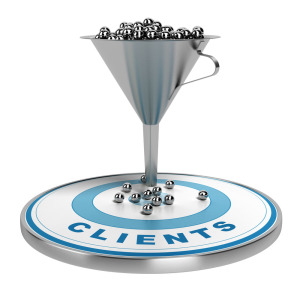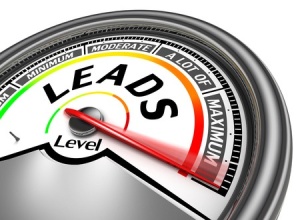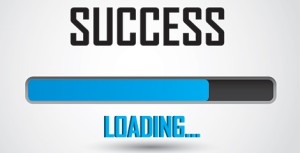
No matter what you hear from other vendors in the marketplace, pulling off a top-notch webinar strategy isn’t easy. It takes a well thought out approach, from registration page creation to event archive, to turn your webinars into what we like to call ‘sales accelerating weapons.’ When executed properly, it’s a beautiful thing. When done poorly, you can lose an audience forever, so making sure you nail your presentation IS that important. Here are four ways you can lose a webinar audience:
1. Registration Page: Most people don’t even know that they’ve lost their webinar audience before it even started. If there’s one thing your registration page needs to do, it needs to tell your audience why they should take 30, 40, 50 minutes out of their day to hear what you have to say. What value are they going to get out of it? What are they going to learn and how is it going to make them better? Telling them how great your product and solutions are won’t do the trick. Either is telling them that the majority of the presentation is going to be a demo (see more on that below). And while you have them on the registration page, make sure it’s optimized so they can save it to their calendar and share it amongst their peers. If they like what you’re cooking, they’ll serve it throughout their network as well
2. Downloads and Plugins: If your audience has to download a plugin to view your webinar on their desktop, two things are most likely true:
1 – You’re not using a webinar/webcasting solution…you’re using a meeting tool that limits you in a variety of ways.
2 – A number of your prospective registrants aren’t going to bother downloading software. It annoys them and they simply don’t have the time because your audience has less patience for this type of stuff than ever before. Look for a browser-based solution where no plug-ins are required. When you see the difference in registration, you’ll be glad you did.
3. Lack of Engagement: If you’re using the right webinar tool, there are so many things you should be able to do to keep your audience engaged – live Q&A, group chat and one-on-one chat, polling, surveys, content downloads, sharing and email options, etc. These are all things you should be considering to not only keep your audience engaged, but to measure their interest at the end of an event. Having insight into how engaged your audience is allows you to trim the fat and make your webinar follow-ups a lot more laser-focused. Trust me, your sales force will thank you for providing them with this insight. It makes their job that much easier
4. Death by Demo: I get it. People are proud of their products. They’ve invested a lot of blood, sweat and tears to develop what they consider to be a world-class solution. Problem is, your audience doesn’t care unless your demo speaks to where they are in their buying journey. In today’s world of ‘Content is King,’ you should know by now that it’s Content Marketing 101 to give your audience the content they want, when they want it. The problem with executing demos in webinar environments is that your audiences have different needs and are at different stages of the buying cycle. In my opinion, you should NEVER do a demo for top of the funnel webinars. You should focus on industry challenges and your company’s approach to solving those challenges. If you’re ever going to demo, do so when you can customize a demo to meet your attendee’s needs. This should be geared for folks that are much further down the funnel.








 Virtual Events are popping up more and more often, and it’s no wonder why; cutting costs, extending reach, and less stress in planning make the virtual world appealing to businesses of all sizes. So how can we compare the success of virtual environments to the traditional in-person event?
Virtual Events are popping up more and more often, and it’s no wonder why; cutting costs, extending reach, and less stress in planning make the virtual world appealing to businesses of all sizes. So how can we compare the success of virtual environments to the traditional in-person event?